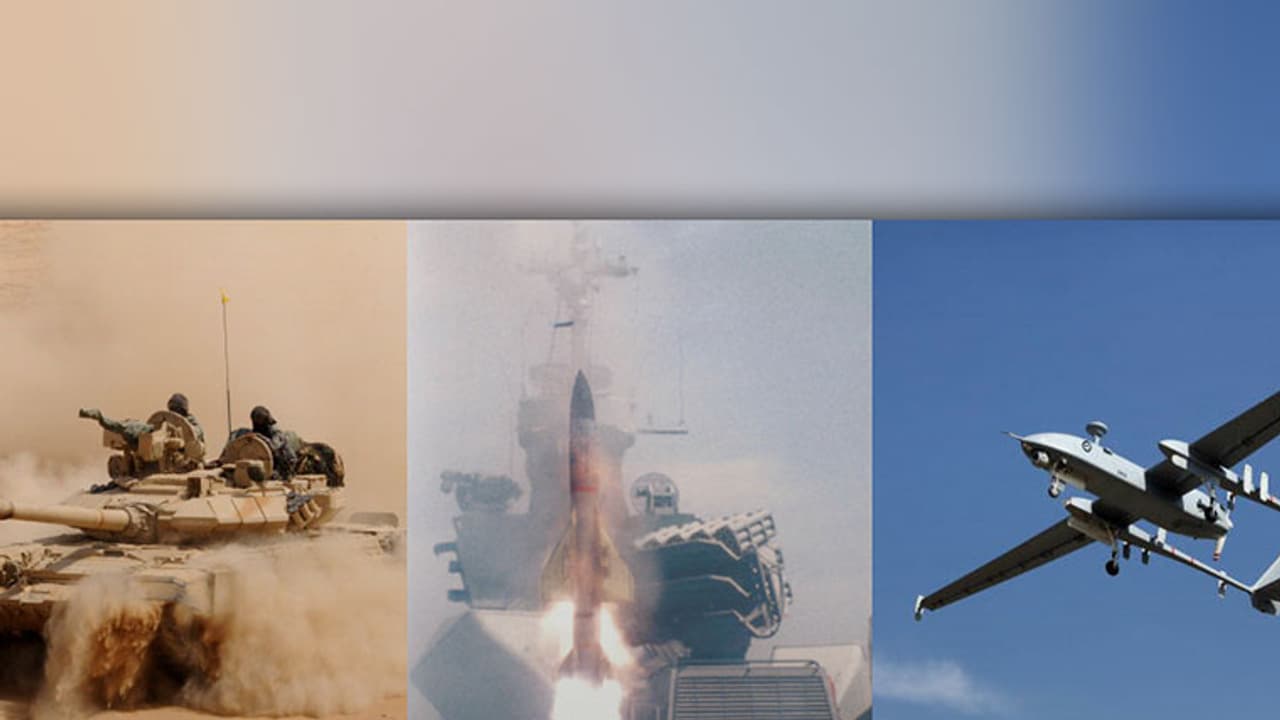India has reportedly made massive emergency purchases of weaponry for the Army and Navy. The equipment, purchased from Russia and Israel, is meant to replenish existing stocks. Officials have cited aggressive manoeuvres by Pakistan as a reason.
Tension between India and Pakistan may have eased since the Uri attack and the surgical strike that followed in September, but it appears that the government is not willing to take any chances. The Huffington Post recently reported that India has made emergency purchases of arms worth more than $3 billion from Russia and Israel since late 2016.

While the report does not provide extensive details on the nature and quantity of the weaponry, it revealed that most of the purchases are for the Indian Army and Navy. This includes spares and weaponry for the T-90 main battle tank, multibarrel rocket launchers and armour for army vehicles from Russia. Unmanned aerial vehicles and “thousands” of missiles for the Navy have been purchased from Israel.
The report states that the government appointed empowered committees to negotiate the emergency purchases with Russia and Israel. These committees minimise bureaucratic lag and allow for quicker decisions. Some of the equipment is being delivered while negotiations are ongoing for new systems.
Officials stated that the purchases were being made because of aggressive maneuvers by the Pakistani military following the surgical strike and also to maintain critical equipment reserves. A cursory look at some of the weapons shows that these are follow-on purchases, which means that these systems can be inducted quickly as the infrastructure already exists to support them.
The T-90, which was first inducted in 2001, is becoming the most important tank in the Army — the military plans to induct more than 1,600 variants by 2020. Despite its growing fleet strength, the T-90 has faced issues such as faulty targeting systems and poor air conditioning in the past. As these tanks will play a key role in a future desert conflict as part of the Indian Army’s “Cold Start” doctrine of rapid thrusts into Pakistan, these purchases are essential.
While it is yet unclear what missiles are being purchased for the Navy, India desperately needs both the Barak-1 short-range missile and new Barak-8 (codeveloped with India) given the rapid growth of the Chinese Navy and Pakistan’s purchase of American and Chinese antiship missiles. The Barak missiles are designed to protect warships from antiship missiles and aircraft. Follow-on purchases of the Barak-1 were hit for several years following corruption allegations, while the Barak-8 is only beginning induction.
The emergency purchases appear to be a prudent decision by the Narendra Modi government to ensure military preparedness given the slow progress on several major programmes. This includes programmes to purchase new light and medium fighters for the Indian Air Force, torpedoes for submarines and field artillery guns for the Army. Most of these programmes have made little or no progress in recent years for a variety of familiar reasons: corruption allegations, pricing issues and complicated negotiations to allow for “Make in India” initiatives.
